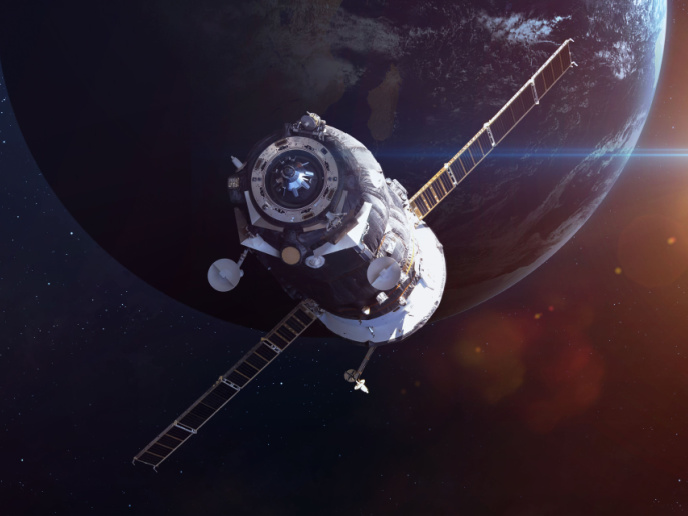Launcher innovation lifts Europe’s space prospects
Space is becoming an increasingly attractive commercial proposition, with lower-cost entry points for both launch vehicles and satellite platforms. This is in part thanks to the development of new electrical components and battery technologies, as well as the use of lower Earth orbit. As a result, a new generation of smaller satellites – weighing less than 200 kg – are being developed and slated for launch. While these satellites are becoming smaller, their applications are becoming ever more complex, delivering data, telecommunications and monitoring capabilities to the world below. A dedicated launch service for such satellites could therefore play a key role in boosting European innovation in the emerging New Space(opens in new window) economy. Currently, many small-satellite space missions have to hitch a ride on a bigger rocket, which doesn’t always take them exactly where they need to be.
Dedicated vertical orbital launch system
“The main goal of the ENVOL(opens in new window) project was to develop and build a smaller rocket that could provide Europe with a prime commercial, competitive and greener launch service,” explains ENVOL project coordinator Kristian Lium from Nammo(opens in new window) in Norway. “This would provide small satellites in the range of 100-200 kg with low-cost, frequent and flexible access to space.” To get to this point, the project brought together nine European organisations with expertise in aerospace research and design. “ENVOL was able to combine some of the best companies in Europe focused on components or subsystems for space applications,” remarks Lium. The project team began by designing the building blocks of a dedicated vertical orbital launch system. For this, a model-based system engineering tool, together with a multidisciplinary design optimisation/analysis tool were utilised. Trajectory simulations were carried out, enabling more detailed design and analyses.
Launch vehicle demonstrators a success
Through this collaborative work, the consortium was able to develop and define the design of a functioning micro-launcher for small satellites. Through simulations, the project team demonstrated the prototype’s potential ability to deliver the required payload to the correct position. In particular, four ambitious launch vehicle demonstrators – the turbopump, propellant tank , launcher avionics and payload avionics – were focused on. “The maturity of the technologies for these solutions was demonstrated through different practical tests,” adds Lium. The ENVOL launcher also relies on hybrid propulsion technology, combining the benefits of solid and liquid propulsion. Solid propellant rockets are typically cheaper and easier to build, while liquid propellant rockets can generate more power and are more versatile.
Increased demand for small-satellite launches
The successes of the ENVOL project represent an important step forward in meeting the expected increased demand for small-satellite launches. “The ENVOL consortium has shown that Europe is capable of developing a small launch vehicle through cooperation,” says Lium. Next steps include securing appropriate funding, to allow the technology to be implemented in real applications. Further work also still needs to be done to fully integrate all components and subsystems at launcher level. In the meantime, the commercialisation of the space business continues to advance. Lium hopes that space ports(opens in new window) – such as the one on the scenic Norwegian island of Andøya – will soon be used as launch sites for small low-orbit satellites, and that Europe as a whole takes full advantage of this opportunity to develop its small-launch capabilities.







